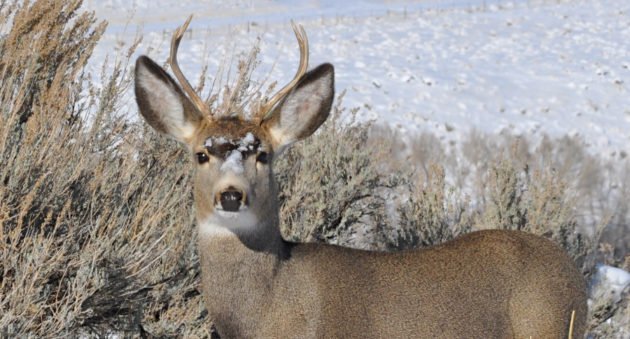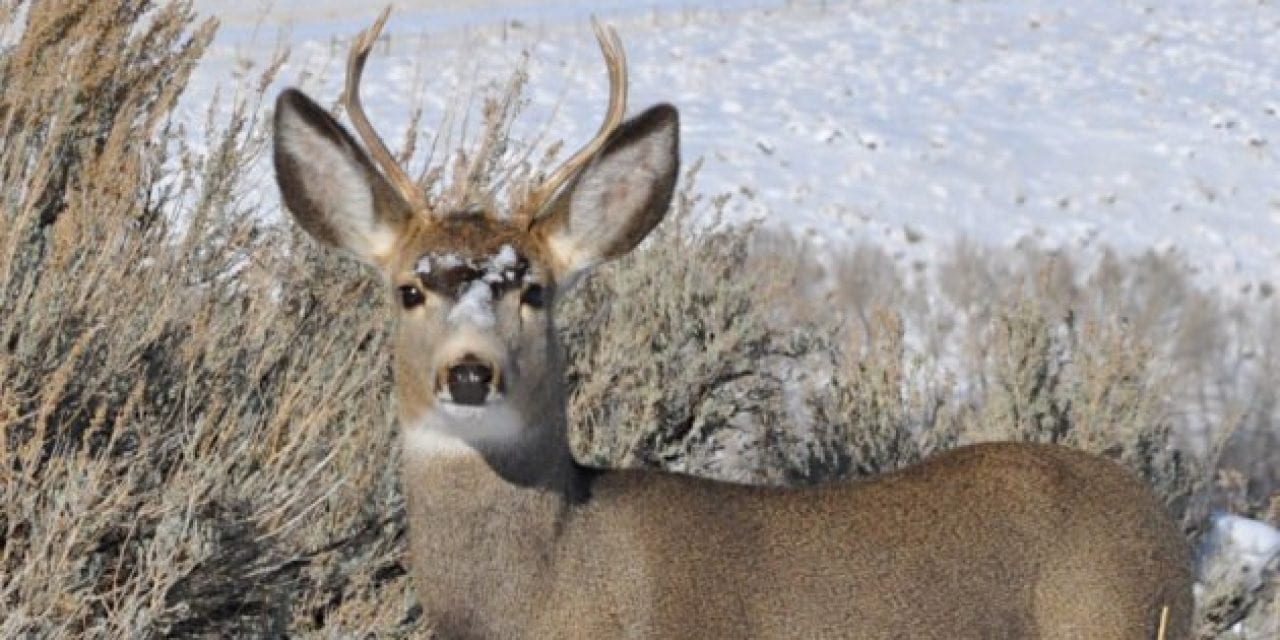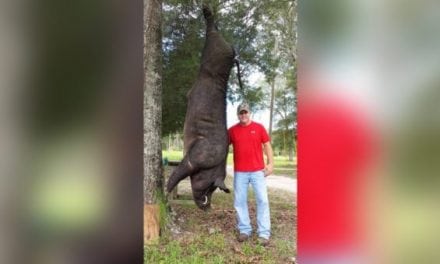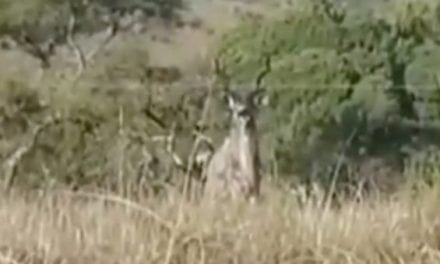
The Black Hills of northeast Wyoming have been quiet on the CWD front for years, until now.
Chronic wasting disease (or CWD for short) has been causing problems for big game herds and wildlife officials across the United States and Canada for years now.
Scientists are scratching their heads a bit over CWD’s presence in the northeast part of Wyoming, specifically the Black Hills region.
The Sundance Times reports the disease has shown a reemergence after years of no activity.
CWD is an always-fatal neurological disorder caused by prions that affects members of the deer family including whitetail and mule deer, elk and moose. In wild deer, it can cause radical behavioral changes like a listlessness and loss of fear of humans in the later stages.
Hank Edwards, a Wildlife Health Laboratory Supervisor for Wyoming Game and Fish told the paper that the Black Hills are puzzling because the disease didn’t follow the usual patterns seen in other parts of the state.
Usually, when the disease is discovered, more cases are quickly discovered in the nearby area. The disease is highly contagious from animal to animal through saliva. Other parts of Wyoming had demonstrated this with the disease showing signs of spreading.
“We expected that to happen in the Black Hills and it didn’t,” Edwards said.
That is until recently. The Sundance Times reports that through CWD testing, scientists estimated a prevalence rate of less than 1% in the Black Hills whitetail deer herd in 2016. However, they have started seeing some new activity and that rate increased to 6.6% in 2018.
Wyoming Game Warden Chris Teter told the paper researchers located “hotspots” of the disease recently, most of them in deer unit 3.
These test results were derived from a relatively low number of sample animals, only about 100 both times. A similar round of testing of 130 male mule deer returned a 7% rate. That is nine of the 130 tested.
The data has scientists wondering if there is something to the Black Hills that stifles the spread of the disease. It also has them wondering if something has changed in recent years to increase that rate.
One theory is that clay soils help the prions and the disease spread more effectively. Such soils are rare in the Black Hills. Another theory is that heavy hunting season pressure and a high number of harvests each year that could be slowing the spread.
“It’s really hard to tell whether this is just an individual response from this particular herd, or whether this is how the disease progresses and we just don’t know that yet,” Edwards told the paper. “There are probably many reasons, so there’s a lot we need to learn about this disease and how herds respond to it.”
While new cases of the disease are never good news, it is intriguing for scientists. If there is something unique to the Black Hills that slows the spread of the disease, wildlife managers across the country would probably be interested to hear it. Its especially relevant to agencies like the neighboring Colorado Parks and Wildlife, Montana Fish, Wildlife and Parks and South Dakota Game, Fish and Parks.
The information would also likely be useful to other states struggling with the fatal brain disease. Pennsylvania, for example, just announced potential plans to ramp up their aggressive disease management program. The Keystone State is trying to mirror programs that seemed to slow the spread of CWD in other states like New York.
Successful programs have tended to have a focus on handing more permits to deer hunters and heavy regulations regarding disposal of deer and elk carcass parts that are believed to harbor and spread the disease, particularly the skull and lymph nodes of the animals.
For more outdoor content from Travis Smola, be sure to follow him on Twitter and check out his YouTube channel.
NEXT: RESEARCHERS FOUND CWD IN DEER SEMEN FOR THE FIRST TIME
WATCH
The post Black Hills Facing CWD Increase After Years of Stability appeared first on Wide Open Spaces.
















